face_with_colon_three Year 2012
Elevated land-based islands could protect people living in low-lying areas from tsunamis – and archipelagos of them could form entire towns.

face_with_colon_three Year 2012
Elevated land-based islands could protect people living in low-lying areas from tsunamis – and archipelagos of them could form entire towns.
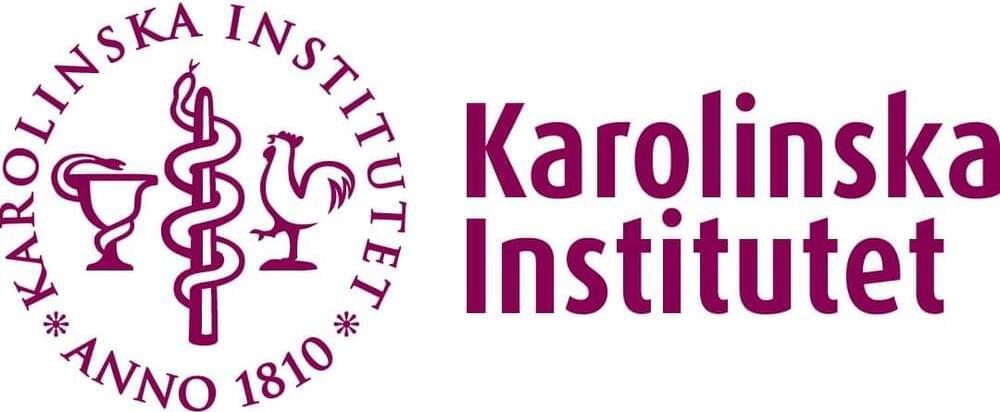
Vi arbetar för att få upp webbplatsen så fort som möjligt. Försök igen senare eller kontakta oss genom något av följande sätt :
Kontakta Karolinska Institutet
Telefon: 08–524 800 00, bemannad vardagar 08.00−16.30 fax: 08–31 11 01.
TVA has selected the BWRX-300 SMR for potential deployment at the Clinch River Site near Oak Ridge, Tennessee. If the funding is approved, TVA plans to accelerate construction of the first SMR, with commercial operations planned for 2033.
“Nuclear power has a key role to play in reaching a cleaner and more secure energy future,” said Scott Strazik, CEO, GE Vernova.
“Funding from this grant would play a critical role in the path forward, and we look forward to working with TVA and this strong team of utility and supply chain partners to accelerate the roll-out of small modular reactors in the United States.”
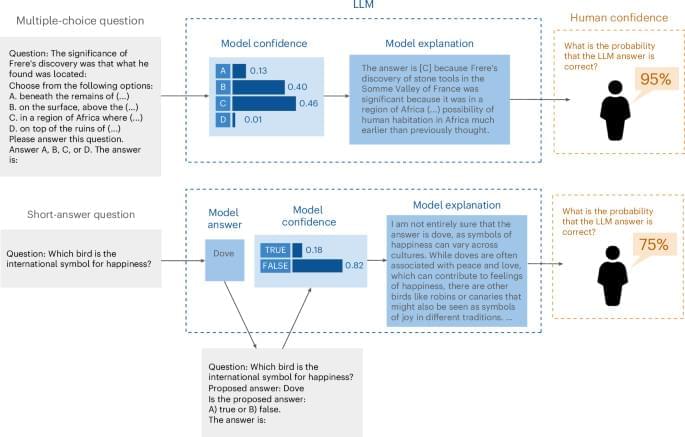
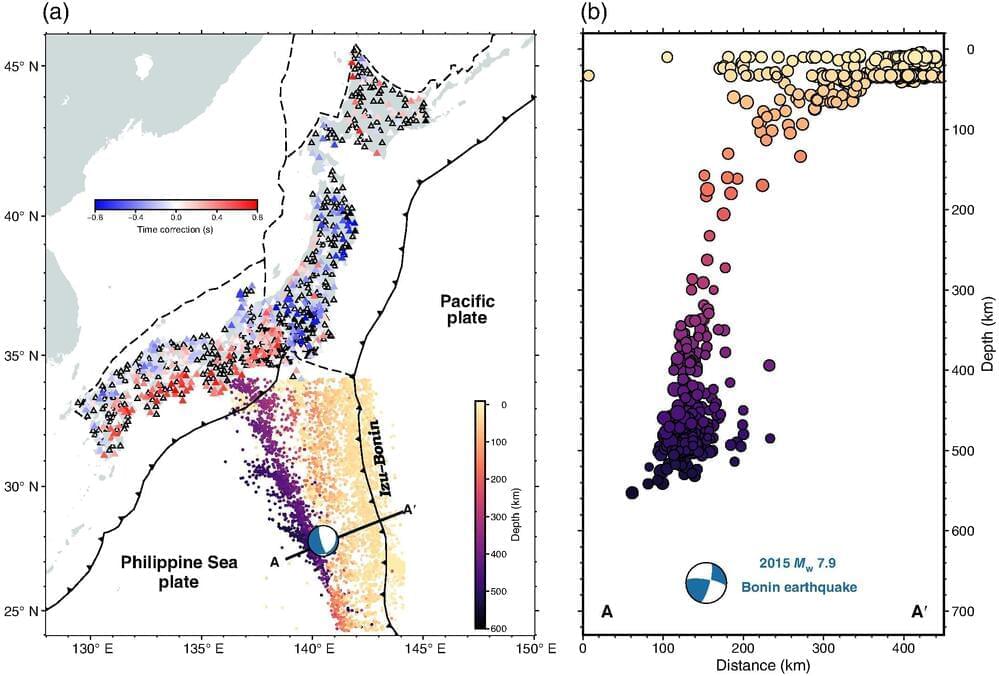
The magnitude 7.9 Bonin Islands earthquake sequence in May 2015, which ruptured deep within the earth near the base of the upper mantle, did not include an aftershock that extended to record depths into the lower mantle, according to a study appearing in The Seismic Record.
When Hao Zhang of the University of Southern California and colleagues re-examined the aftershock sequence of the earthquake, they did not find evidence for a 751-kilometer-deep aftershock as reported by previous researchers. This aftershock has been called the deepest earthquake ever recorded.
Instead, their study found a distribution of aftershocks that is compatible with a 12-kilometer sliver of a mantle mineral called olivine that could shed light on how deep earthquakes can occur.

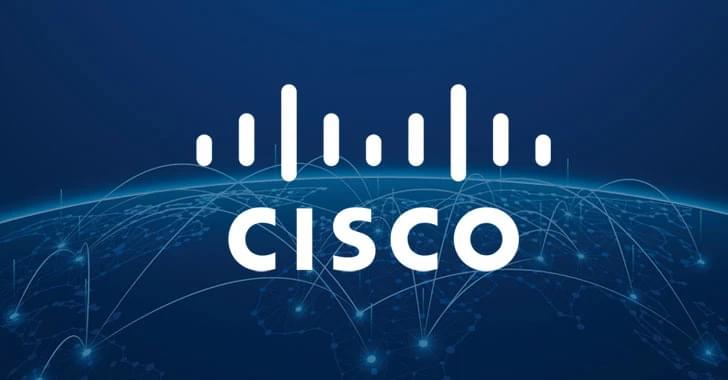
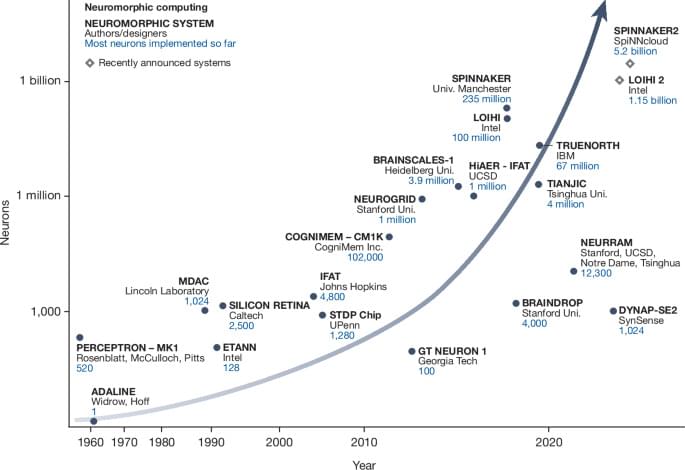

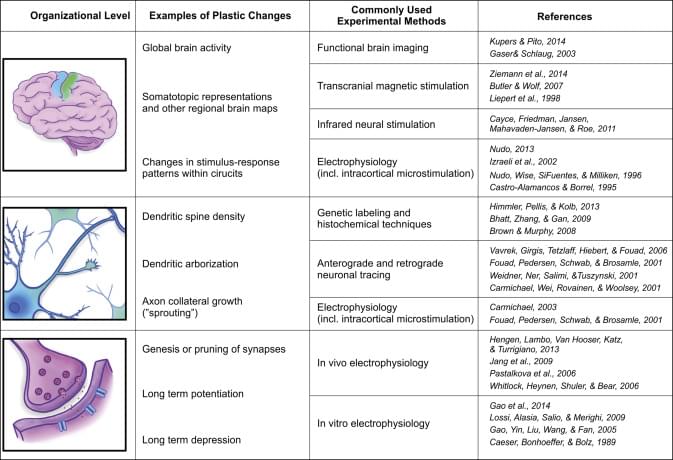
Synaptic plasticity refers to the adaptive changes that occur at the synapse, resulting in the strengthening or weakening of synaptic connections. It is a fundamental mechanism involved in learning and memory, and it is influenced by factors such as neurotransmitter release and activation of neighboring structures.